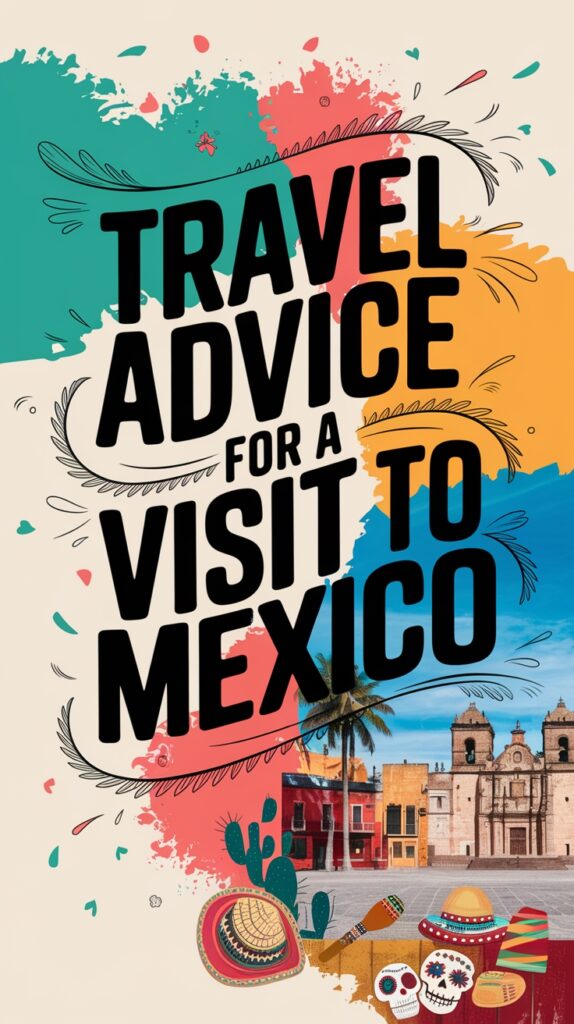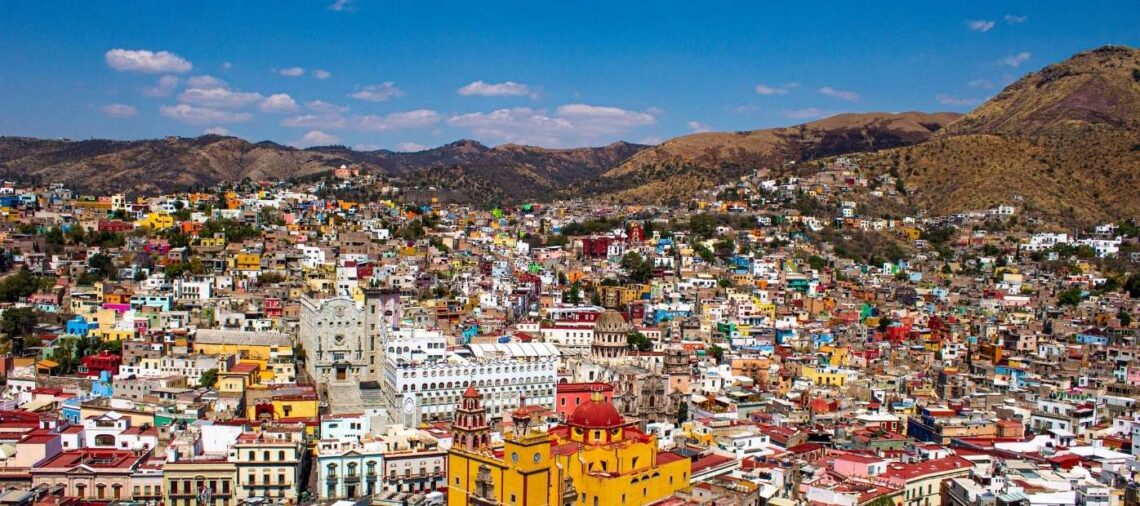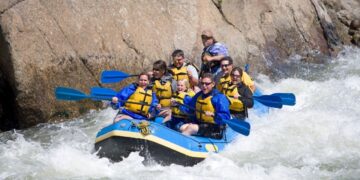Did you know that motor vehicle crashes are the leading cause of death for healthy U.S. citizens traveling abroad? Mexico, a vibrant destination attracting millions of tourists annually, requires careful preparation for safe travel. Understanding key travel advice for a visit to Mexico can make all the difference in your vacation planning.
Mexico offers breathtaking landscapes, rich cultural experiences, and warm hospitality. Smart travelers recognize that with proper Mexico travel tips, they can minimize risks and maximize enjoyment. From bustling cities to serene coastal regions, knowing essential safety strategies is key for an unforgettable trip.
Understanding the local environment, health risks, and safety protocols can turn your Mexican adventure into an amazing experience. Strategic preparation empowers travelers to face challenges confidently.
Key Takeaways
- Research destinations thoroughly before traveling
- Prioritize personal safety awareness
- Stay informed about local conditions
- Maintain situational awareness at all times
- Respect local customs and legal regulations
- Purchase travel insurance
- Keep emergency contact information accessible
Understanding Mexico’s Cartel Zones
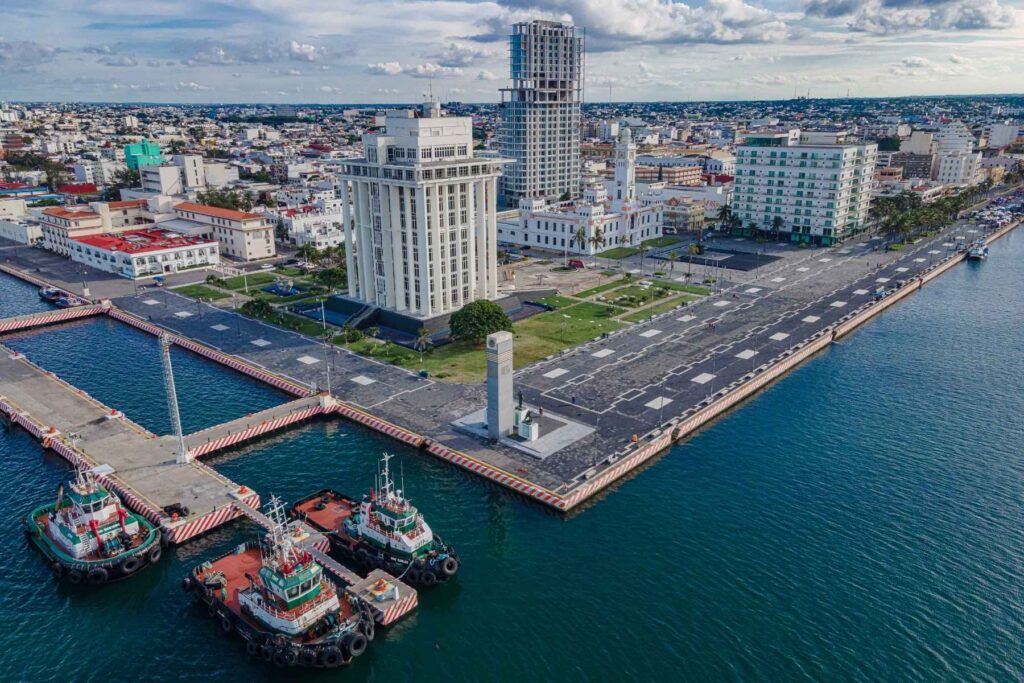
Travelers looking into mexico tourist destinations need to know about cartel activity. The Jalisco New Generation Cartel (CJNG) now operates in 27 out of 32 Mexican states. This makes it hard for travelers to find safe places to visit.
The CJNG does more than just drug trafficking. They also make methamphetamine, distribute cocaine, and commit extortion and kidnapping. They even mine and log illegally. This affects local communities and can reach tourist areas.
Even though most tourist spots in Mexico are safe, some areas need more care. Places like Veracruz, Manzanillo, and Lázaro Cardenas are big for trafficking. The U.S. State Department warns against five states, urging travelers to do their homework before going.
Knowing about these issues doesn’t mean you should avoid Mexico. Millions of tourists visit safely every year. They do this by staying informed, choosing safe places, and following safety tips. Being aware and prepared is key for a good trip to Mexico.
Risks of Visiting Cartel-Controlled Areas
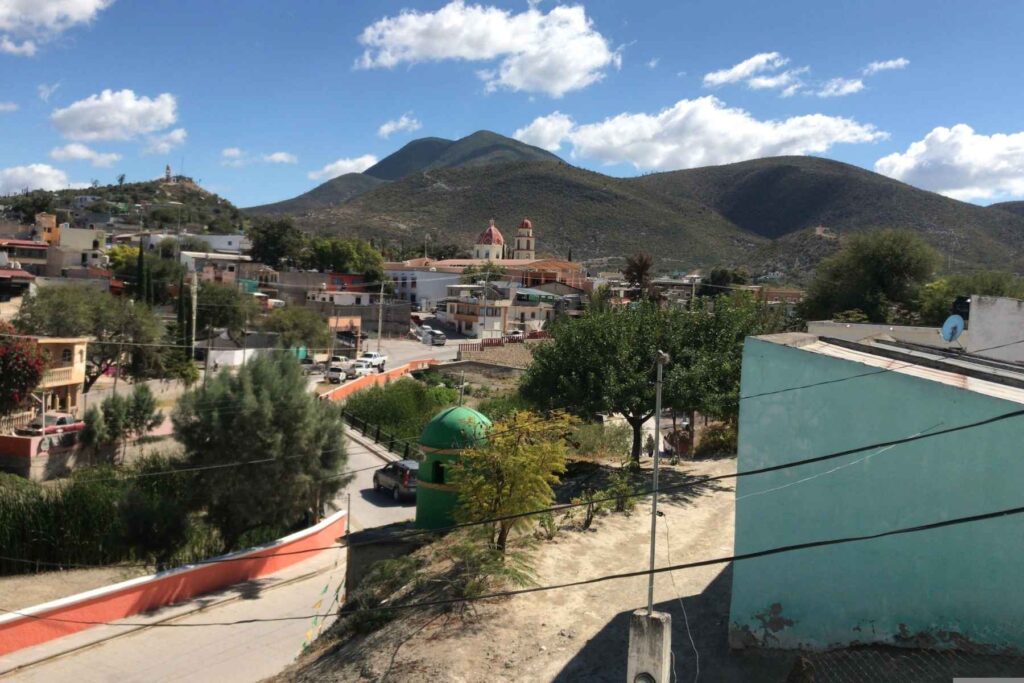
Traveling in Mexico comes with safety challenges. Some areas are risky due to organized crime. The U.S. State Department warns about several states, advising against tourism in six of them.
In cartel zones, getting around is hard. Places like Tamaulipas, Sinaloa, and Guerrero are very dangerous. Visitors might face unexpected violence, making it hard to follow local customs.
Border states and trafficking routes are high-risk areas. Cities like Tijuana, Reynosa, and Culiacán have seen a lot of violence. While tourists are rarely targeted, being caught in the middle is a worry.
Knowing the local situation is key. Research the area, avoid rural roads, and use well-known tourist paths. Most of Mexico is safe, with places like Cancun and Mexico City being good choices.
Despite the dangers, many tourists visit Mexico safely. With the right preparation and respect for local norms, you can have a safe trip.
Essential Safety Precautions
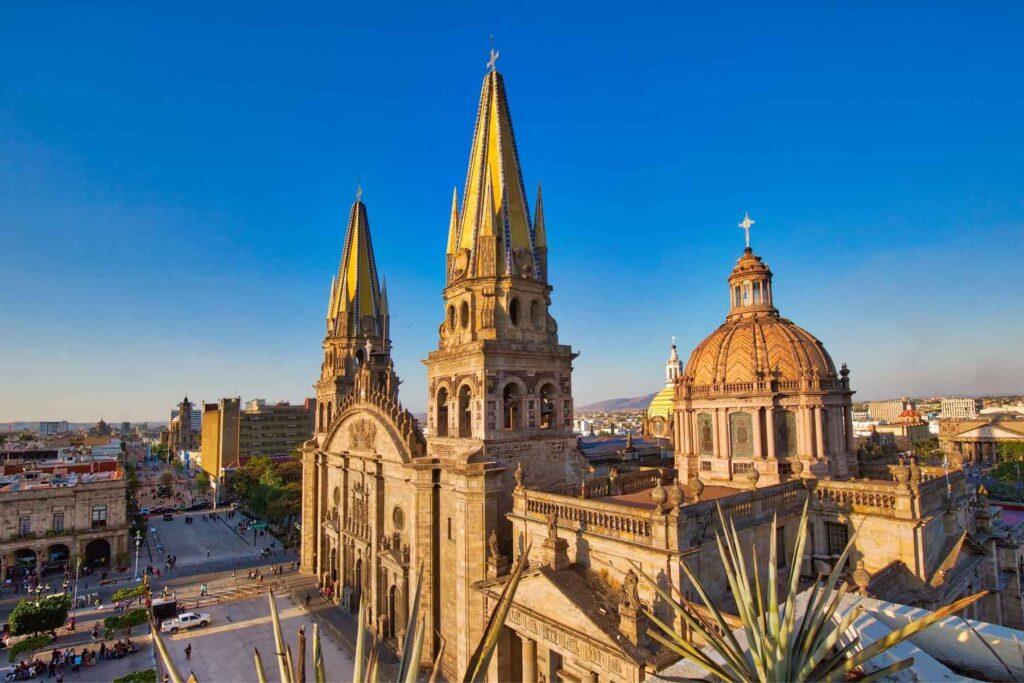
When planning your trip to Mexico, safety is key. Be very careful in places like Jalisco, Colima, Guerrero, Michoacán, and Guanajuato. These areas have high crime rates, so you need to be well-prepared and aware.
Before you go, do your homework on where you’re headed. Look up travel advisories from the U.S. State Department. Some places are really dangerous, with risks like kidnapping and armed robbery. When trying new foods, stick to safe areas and known places.
Here are some important safety tips:
- Avoid traveling alone in remote locations
- Stay in well-reviewed, secure accommodations
- Keep communication devices charged
- Register with your country’s embassy
- Maintain awareness of your surroundings
Online safety is also important. Watch your money closely for scams or unauthorized use. Use credit cards with strong fraud protection. When eating out, pick busy places and be careful with your drinks.
Remember, help might be hard to find outside big cities. Always have a plan B for communication and know who to call in an emergency. Being careful can help you have a safer trip in Mexico.
Avoiding Unnecessary Attention
Blending in is key when traveling to Mexico. Tourists often draw unwanted attention because of how they look and act. Dressing modestly and avoiding expensive jewelry or flashy clothes helps you blend in.
It’s wise to keep valuable items hidden. Use a money belt or a hidden pouch instead of carrying a visible wallet. When using smartphones or cameras, be discreet and stay aware of your surroundings. Pickpocketing is common in crowded places like markets and public transportation hubs.
Be careful with your belongings in public. Never leave drinks unattended, as drink spiking can happen. Stick to bottled water and sealed drinks to avoid health risks.
Wear clothes that help you blend with locals. Neutral colors and conservative styles are best. Avoid obvious tourist gear like large cameras, maps, or bright clothes. Knowing some basic Spanish can also make you less of a target for scams.
Staying alert and keeping a low profile is the key to safe travel in Mexico. Confidence and caution will help you have a great trip while avoiding unnecessary risks.
Respect Local Customs and Laws
Planning your Mexico vacation? Knowing local customs is key for a great time. It’s not just about being polite. It’s about showing real respect for their traditions and ways of life.
Dining customs are big in Mexico. It’s common to wait for everyone to be served before you start eating. Also, tipping is big here, with 10-15% expected in restaurants and bars. Hotel porters usually get US$5-10 per bag.
When you plan your trip, remember social norms. Punctuality varies, but business meetings need you to be on time. Always greet people individually to show respect and acknowledge them personally.
Legal stuff is important too. U.S. citizens can stay up to 180 days without a visa. But, you must fill out an FMM form. Also, dress codes are strict in cities like Mexico City. Avoid shorts in urban areas to show respect.
Know the local laws and rules. Smoking is banned in many places, and foreigners can’t join political activities. Always carry a copy of your passport and travel documents for law enforcement.
Navigating Emergency Situations
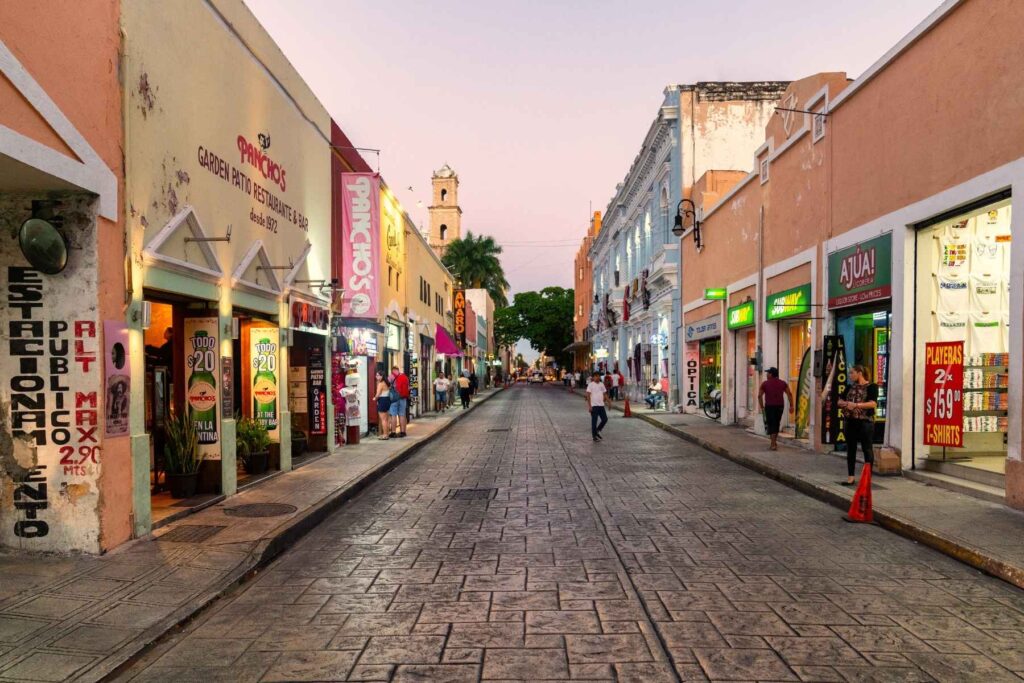
Traveling to Mexico requires being ready for emergencies. The U.S. Department of State advises signing up for the Smart Traveler Enrollment Program (STEP) before you go. This service helps keep you connected with your embassy in case of an emergency.
Make a list of emergency contacts before you leave. Include local emergency numbers, your embassy’s contact, and nearby hospitals. Keep these numbers in your phone and a hard copy in your wallet. Important documents like your passport and insurance should be backed up digitally and physically.
Medical emergencies need special care in Mexico. Private hospitals often ask for payment before treatment. So, it’s key to have travel insurance that covers medical evacuations. Also, be careful with medications, as fake ones are common. Always buy prescription drugs from trusted pharmacies.
Legal issues in Mexico can be different from what you’re used to. Problems like public drunkenness, carrying guns, or staying too long on your visa can lead to big trouble. If you’re in trouble, stay calm, follow the law, and call your embassy right away.
Natural dangers also require caution. Some beaches have strong currents and no lifeguards. Always check the local conditions and follow safety tips when exploring Mexico’s varied landscapes.
Smart Travel Practices in Mexico
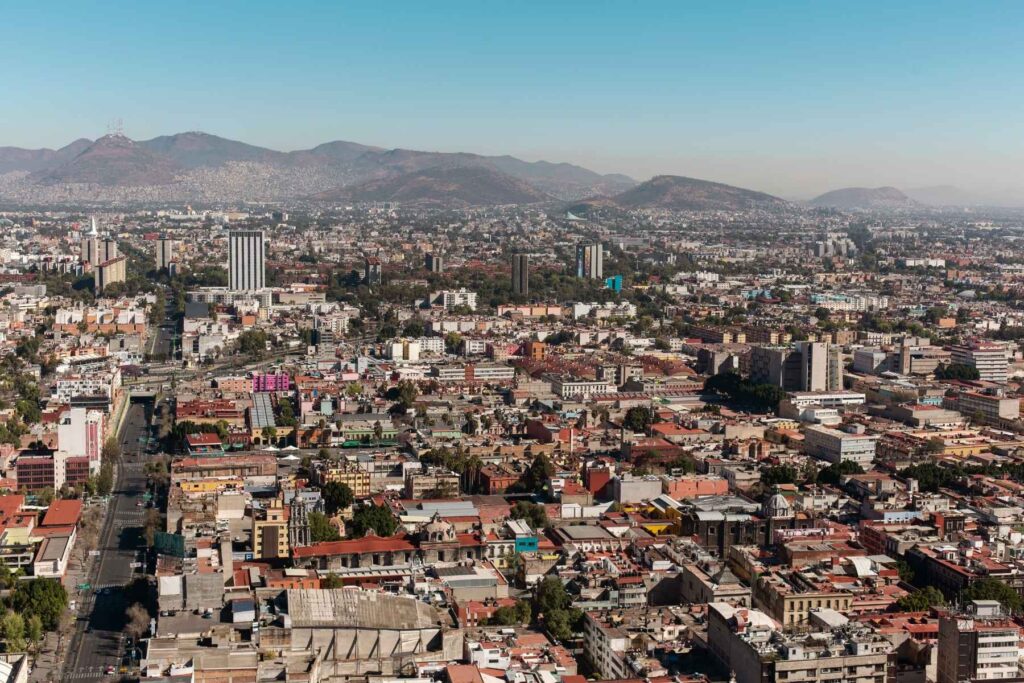
Traveling in Mexico needs careful planning for safety and fun. Use digital ride-sharing apps like Uber or DiDi instead of street taxis. These apps offer clear tracking, fixed prices, and better safety than traditional taxis.
Choosing the right place to stay is key. Look for hotels in safe, popular areas. Use sites like Booking.com or TripAdvisor to find secure places with good reviews. Cities like Mexico City, Cancun, and Guadalajara have many safe hotels.
Staying connected is important for smart travel. Think about using eSIM technology for easy mobile access. Many places offer free Wi-Fi, making it easy to stay in touch without big roaming fees.
Save money by traveling during the shoulder season. Avoid the busy months of December to April when prices go up by 10-20%. Booking early can help you save and find more places to stay.
It’s smart to carry some cash and credit cards. While big places take credit cards, small shops prefer cash. Remember, ATM fees can be US$5-6 per use.
Knowing about the culture makes your trip better. Learn some Spanish, respect local ways, and tip 10% in restaurants. These actions show respect and can make your Mexican trip more enjoyable.
Conclusion: Travel Advice for a Visit to Mexico
Mexico is a place of rich culture and amazing outdoor adventures. Despite some safety worries, many US travelers go there every year. With the right planning, you can see the country’s beauty and learn about its culture.
When you travel to Mexico, be careful but also open to new experiences. You can explore big cities and quiet coastlines. The food and drinks are a big part of the fun, with dishes that will excite your taste buds.
Getting ready for your trip means learning about local ways and staying safe. Most people can get a visa for up to 180 days. Follow safe paths, respect rules, and enjoy the Mexican welcome. Your trip could be a memorable mix of culture and nature.
A well-thought-out trip to Mexico can give you amazing memories. Follow safety tips and stay curious. Mexico has outdoor fun and food adventures waiting for you, with its rich culture and lively spirit.
FAQ
Is Mexico safe for tourists?
Mexico is mostly safe for tourists. But, it’s important to be careful and aware. Many places tourists visit are safe and welcoming. By knowing the area, avoiding risky spots, and following safety tips, you can have a great time in Mexico.
Which areas in Mexico should tourists avoid?
Stay away from areas with cartel activity, like parts of Tamaulipas, Michoacán, and some Sinaloa spots. But, places like Cancún, Playa del Carmen, Mexico City, Puerto Vallarta, and Los Cabos are safe for visitors.
What are the best safety precautions for traveling in Mexico?
To stay safe, research your destination, choose safe places to stay, and use official transport. Don’t show off expensive items, keep a low profile, and stay alert. Also, keep in touch with your embassy or consulate.
How should I handle money while traveling in Mexico?
Use ATMs in banks or hotels, carry only what you need, and use cards with fraud protection. Don’t show a lot of cash, and consider a money belt. Tell your bank you’re traveling to avoid card issues.
What emergency numbers should I know in Mexico?
Know 911 for emergencies, 066 for police, and 065 for medical help. Save your embassy’s contact info and have travel insurance for medical and evacuation needs.
Do I need special vaccines before traveling to Mexico?
You might need Hepatitis A, Typhoid, and Tetanus vaccines. Check with your doctor 4-6 weeks before your trip for advice based on your destinations.
What transportation options are safest in Mexico?
Official taxis, Uber, and trusted bus companies are safe. In tourist areas, use known providers. Always check the taxi’s ID and driver’s credentials.
What cultural customs should I be aware of in Mexico?
Learn basic Spanish, dress modestly, and be polite. Tip service workers and understand Mexican culture values personal relationships and indirect communication.
How can I protect myself from scams?
Be wary of overly friendly people, don’t accept unsolicited help, and verify tour operators. Use official services, keep valuables safe, and trust your gut. If unsure, politely decline and seek help from authorities.
What should I do if I encounter a potentially dangerous situation?
Stay calm, avoid trouble, and follow requests without resistance. Keep valuables hidden and contact authorities or your embassy if threatened. Travel insurance and emergency contacts can offer extra peace of mind.
Photos: Canva Pro
